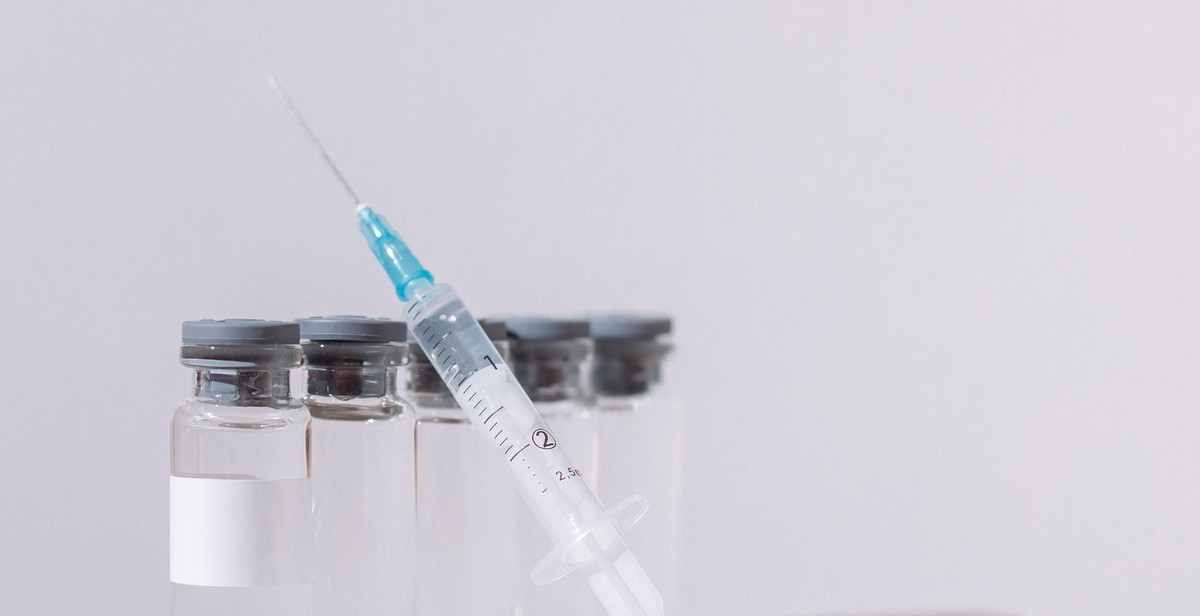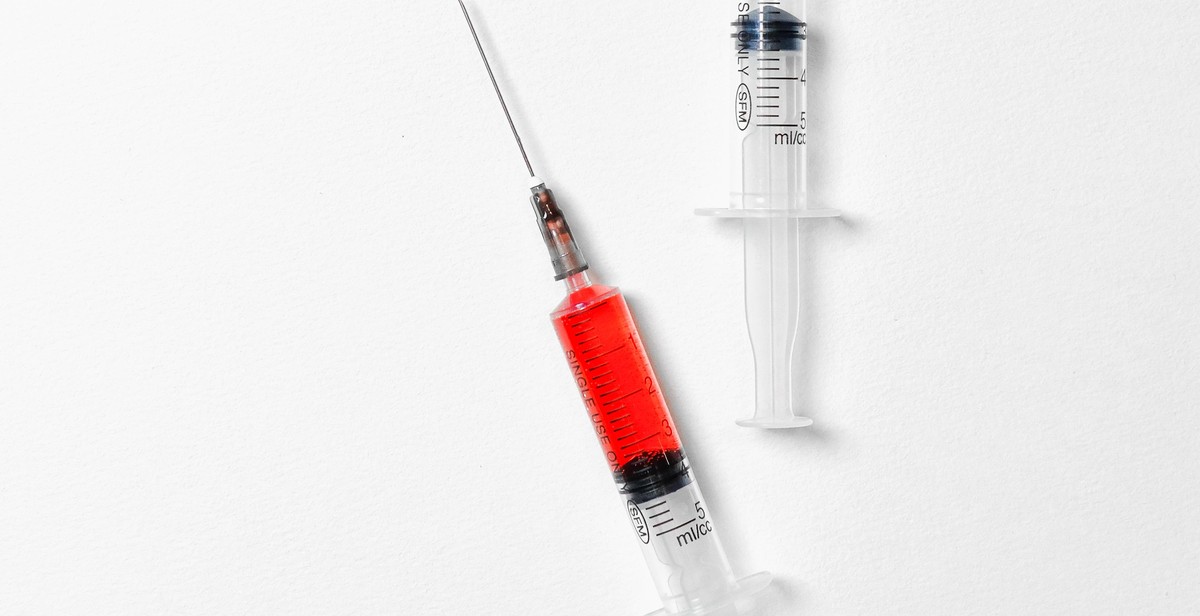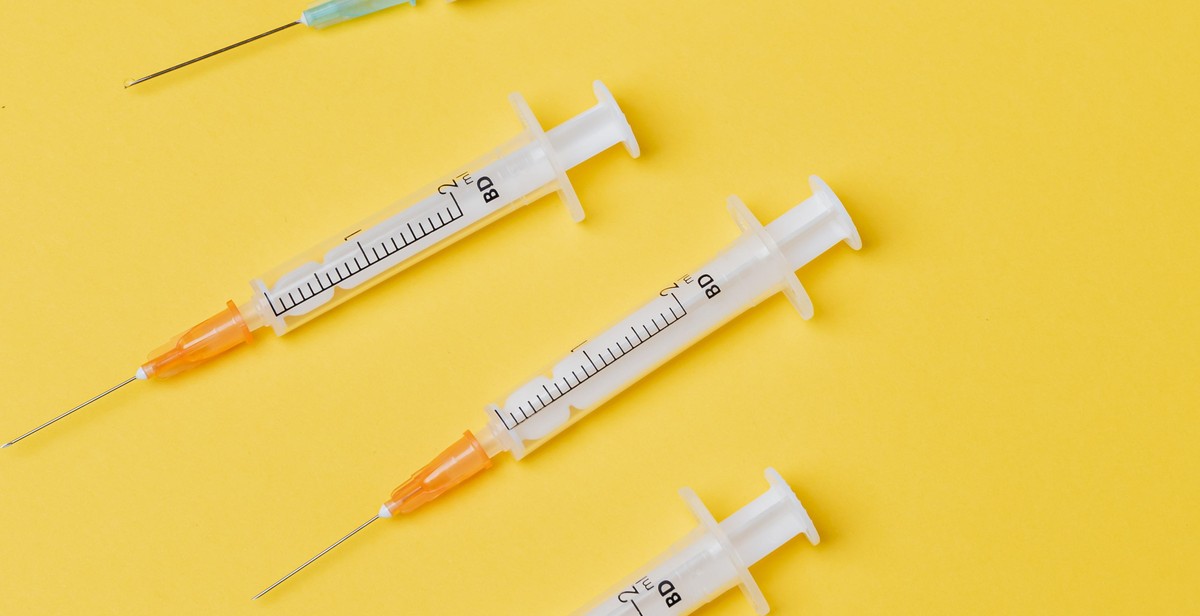How to Administer Vaccines: Techniques for Proper Vaccine Administration
Vaccines are essential to maintaining public health and preventing the spread of infectious diseases. However, the effectiveness of vaccines depends on proper administration techniques. Administering vaccines requires a skilled and experienced healthcare professional who understands the importance of following the correct procedures.
Why is Proper Vaccine Administration Important?
Proper vaccine administration is crucial for several reasons. First, it ensures that the vaccine is effective in providing immunity against the targeted disease. Second, it minimizes the risk of adverse reactions or side effects. Third, it helps to maintain accurate records of vaccinations, which is essential for monitoring disease outbreaks and public health initiatives.
Techniques for Proper Vaccine Administration
There are several techniques that healthcare professionals should follow when administering vaccines. These include:
- Properly storing and handling vaccines
- Using the correct needle size and injection site
- Following the correct dosage and timing guidelines
- Providing patients with information about the vaccine and potential side effects
By following these techniques, healthcare professionals can ensure that vaccines are administered safely and effectively, contributing to the overall health and well-being of the community.

Understanding the Importance of Proper Vaccine Administration
Vaccines are an essential tool in preventing and controlling the spread of infectious diseases. Proper vaccine administration is crucial to ensure that vaccines are effective and safe. The World Health Organization (WHO) estimates that vaccines prevent between 2-3 million deaths every year. However, improper vaccine administration can lead to serious health complications and even death.
The Importance of Proper Vaccine Administration
Proper vaccine administration is crucial to ensure that vaccines are effective in preventing diseases. Vaccines work by stimulating the body’s immune system to produce antibodies that fight against specific diseases. If vaccines are not administered properly, the immune system may not produce enough antibodies to protect against the disease.
Vaccines also need to be administered at the right time to be effective. For example, some vaccines require multiple doses to be effective, and these doses need to be given at specific intervals. Failure to follow the recommended schedule can reduce the effectiveness of the vaccine.
Proper vaccine administration is also important for ensuring that vaccines are safe. Vaccines can cause side effects, but these are generally mild and go away on their own. However, improper vaccine administration can increase the risk of side effects. For example, injecting a vaccine into the wrong part of the body can cause pain, swelling, and other complications.
The Risks of Improper Vaccine Administration
Improper vaccine administration can lead to serious health complications and even death. The risks of improper vaccine administration include:
- Infection at the injection site
- Allergic reactions
- Severe allergic reactions (anaphylaxis)
- Transmission of blood-borne diseases (e.g., HIV, hepatitis B and C)
- Nerve damage
- Paralysis
- Death
These risks can be minimized by ensuring that vaccines are administered properly. Healthcare professionals who administer vaccines should follow the recommended guidelines for vaccine administration and use proper techniques to minimize the risk of complications.
| Proper Vaccine Administration Techniques |
|---|
| Use a new, sterile needle and syringe for each injection |
| Administer the vaccine in the correct location (e.g., intramuscular, subcutaneous) |
| Follow the recommended schedule for vaccine administration |
| Monitor patients for adverse reactions after vaccination |
By following these proper vaccine administration techniques, healthcare professionals can help ensure that vaccines are safe and effective in preventing infectious diseases.

Preparing for Vaccine Administration
Administering vaccines is an important part of healthcare, and it’s essential to ensure that the process is carried out correctly. Preparing for vaccine administration involves gathering supplies, preparing the site, and preparing the patient. Here are some tips to help you get started:
Gathering Supplies
The first step in preparing for vaccine administration is to gather all the necessary supplies. This includes:
- Vaccine
- Syringes
- Needles
- Alcohol wipes
- Gloves
- Bandages
- Sharps container
It’s important to ensure that all supplies are in good condition and have not expired. Expired supplies can affect the efficacy of the vaccine and cause harm to the patient.
Preparing the Site
The next step is to prepare the site where the vaccine will be administered. This includes:
- Cleaning the area with alcohol wipes
- Allowing the area to dry completely
- Choosing the appropriate site for the vaccine (e.g., upper arm, thigh, etc.)
It’s important to choose the appropriate site for the vaccine based on the patient’s age and the type of vaccine being administered. For example, the deltoid muscle in the upper arm is a common site for adult vaccines, while the thigh is often used for infant vaccines.
Preparing the Patient
Finally, it’s essential to prepare the patient for vaccine administration. This includes:
- Explaining the vaccine and its benefits
- Obtaining informed consent
- Checking the patient’s medical history and allergies
- Ensuring the patient is in a comfortable position
It’s important to explain the vaccine and its benefits to the patient to ensure that they understand the importance of being vaccinated. Obtaining informed consent is also essential to ensure that the patient is aware of any potential risks associated with the vaccine. Checking the patient’s medical history and allergies can help to prevent any adverse reactions, and ensuring the patient is in a comfortable position can help to reduce anxiety and discomfort during the administration process.
| Gathering Supplies | Preparing the Site | Preparing the Patient |
|---|---|---|
| Vaccine | Cleaning the area with alcohol wipes | Explaining the vaccine and its benefits |
| Syringes | Allowing the area to dry completely | Obtaining informed consent |
| Needles | Choosing the appropriate site for the vaccine | Checking the patient’s medical history and allergies |
| Alcohol wipes | Ensuring the patient is in a comfortable position | |
| Gloves | ||
| Bandages | ||
| Sharps container |

Administering the Vaccine
Administering vaccines is a critical component of public health. It is important to ensure that the vaccine is delivered safely and effectively to prevent the spread of infectious diseases. Here are some important techniques to follow when administering vaccines:
Choosing the Right Needle and Syringe
Choosing the right needle and syringe is essential for proper vaccine administration. The size of the needle and syringe should be appropriate for the patient’s age, weight, and the vaccine being administered. Generally, a 22-25 gauge needle and a 1-1.5 inch length is appropriate for intramuscular injections. A smaller needle, such as a 25-27 gauge, may be appropriate for subcutaneous injections.
It is important to select a needle and syringe that are compatible with the vaccine. Some vaccines may require a specific type of needle or syringe to ensure proper delivery and effectiveness.
Proper Injection Technique
Proper injection technique is critical for ensuring the vaccine is delivered safely and effectively. The injection site should be clean and dry before administering the vaccine. The appropriate injection site will depend on the vaccine being administered. Common injection sites include the deltoid muscle in the upper arm, the vastus lateralis muscle in the thigh, and the dorsogluteal muscle in the buttocks.
When administering the vaccine, the needle should be inserted at a 90-degree angle for intramuscular injections and a 45-degree angle for subcutaneous injections. The needle should be inserted quickly and smoothly, and the plunger should be depressed slowly to administer the vaccine.
Administering Multiple Vaccines
When administering multiple vaccines, it is important to use separate needles and syringes for each vaccine. This helps prevent contamination and ensures each vaccine is delivered properly. It is also important to administer each vaccine at a different injection site to prevent local reactions and allow for proper monitoring of adverse reactions.
A vaccine administration record should be maintained for each patient to ensure that the patient receives the appropriate vaccines at the appropriate intervals. This record should include the date of administration, the vaccine administered, and the dose and route of administration.
| Injection Site | Needle Size | Syringe Size |
|---|---|---|
| Deltoid muscle (upper arm) | 22-25 gauge | 1-1.5 inch |
| Vastus lateralis muscle (thigh) | 22-25 gauge | 1-1.5 inch |
| Dorsogluteal muscle (buttocks) | 22-25 gauge | 1.5-2 inch |
By following these techniques, healthcare providers can ensure that vaccines are administered safely and effectively, helping to prevent the spread of infectious diseases.

Post-Vaccine Administration
After administering the vaccine, it is important to properly dispose of all contaminated materials. This includes needles, syringes, and any other equipment that came in contact with the vaccine or bodily fluids. These items should be placed in a puncture-resistant container and disposed of according to local regulations. It is important to never recap needles as this increases the risk of accidental needle sticks.
Monitoring for adverse reactions is also crucial after vaccine administration. Patients should be observed for at least 15 minutes after receiving the vaccine. If any adverse reactions occur, such as anaphylaxis or severe allergic reactions, appropriate measures should be taken immediately.
Proper Disposal of Contaminated Materials
Proper disposal of contaminated materials is essential for preventing the spread of infection. All needles, syringes, and other equipment that came in contact with the vaccine or bodily fluids should be placed in a puncture-resistant container. This container should be labeled and disposed of according to local regulations. Never recap needles as this increases the risk of accidental needle sticks.
Monitoring for Adverse Reactions
Monitoring for adverse reactions is crucial after vaccine administration. Patients should be observed for at least 15 minutes after receiving the vaccine. If any adverse reactions occur, appropriate measures should be taken immediately. These measures may include administering medication to treat the reaction or calling emergency medical services for further assistance.
Conclusion
Proper disposal of contaminated materials and monitoring for adverse reactions are important steps in post-vaccine administration. By following these guidelines, healthcare professionals can ensure the safety and well-being of their patients.
